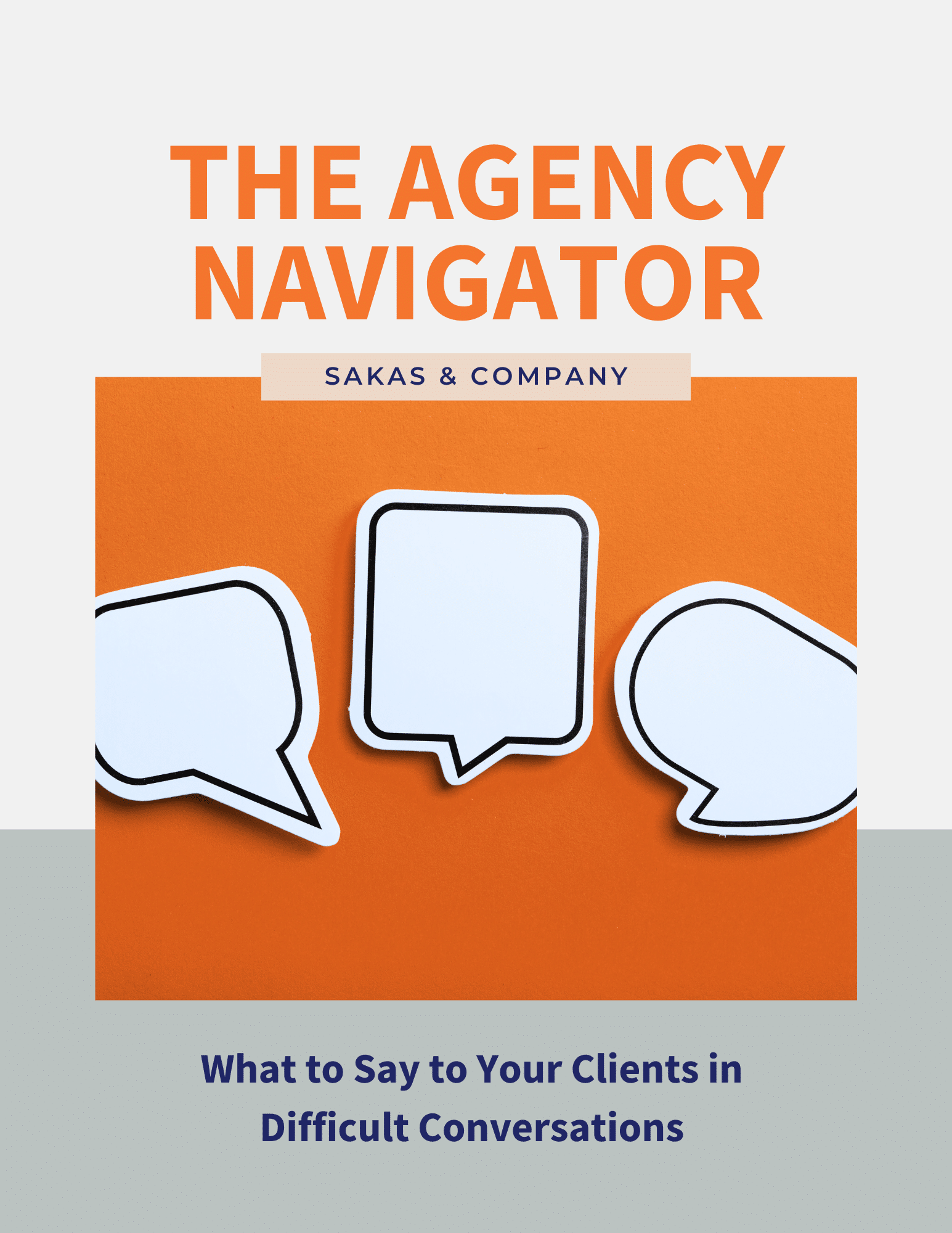The Iron Triangle of project management (also known as the “PM triangle” or “triple constraint”) is comprised of three “sides”: budget, timeline, and scope.
The Iron Triangle is the basis of the classic “good, fast, or cheap; pick two” meme.
Realistically, most projects (and retainers) will need to prioritize two and de-prioritize a third. For example, if something is fast (timeline) and cheap (budget), it may not be very comprehensive (scope).
Here’s a brief overview of what the Iron Triangle implies in an agency setting:
- Budget + timeline = Cheap and quick, but not comprehensive
- Timeline + scope = Quick and good, but expensive
- Budget + scope = Cheap and good, but slow
For you, knowing and using the Iron Triangle is vital—because you need to manage client expectations as a way to maximize profitability. During the sales process and your pre-kickoff survey, remind clients that they need to “pick 2” from the Iron Triangle.
Be careful: Agencies can’t afford to do work that’s fast, excellent, and cheap—employees will burn out, the agency will lose money, and quality will suffer.
Your clients may not like hearing that they can’t get fast AND good AND cheap. Focus on getting clients to prioritize their top two—but if they continue to resist your expectations management, think carefully about whether to proceed.
Why you should discuss the Iron Triangle with clients
Knowing which two sides of the Iron Triangle your client prefers will help your agency prioritize for each specific client. For example, if a client has a trade show coming up, the timeline is fixed—but budget or scope may be flexible. Or, if your client is a non-profit funding their work with a grant, their budget is likely fixed—but scope and timeline may be flexible.
The Iron Triangle applies whether you’re following the Waterfall or Agile project management methods. In Agile, you’re typically working within a fixed budget or timeline, and then flexible in scope.
When your client understands what you are prioritizing, it leads to less confusion and frustration, because everyone is in agreement about what’s going to “win” during the project or retainer.
If a prospective client says they want all three, consider it a red flag—it’s a sign they don’t understand how things work in reality, and they’re likely to hold you to an impossible standard. They’ll be unhappy, and you’ll be unhappy… and the work will likely be painful and unprofitable.
Using the Iron Triangle to improve profitability
Many agencies get distracted by one side of the Iron Triangle, while letting other sides slip. For instance, if a client needs to meet a deadline but isn’t willing to cut features, the agency might throw additional people on the project (which increases the budget). If the client hasn’t pre-approved the additional budget for the additional resources, you may not get paid… and you may find it was an unprofitable engagement.
When agencies price work on an hourly basis, I’ve found they often want to raise their rates to improve profits. I suggest instead that you focus on improving your estimates. When you quote work at $10,000/month but consistently deliver $12,000/month, fixing the estimate—and stopping scope creep—becomes a faster solution than raising your rates.
Applying the Iron Triangle at your agency
Remember, the Iron Triangle of project management is about knowing it… and then taking action. You can apply the Iron Triangle in sales, account management, project management, and strategy.
In the meantime, send your team to my training on how to Stop Scope Creep on Thursday, June 18, 2020 via Fiilament. The live 60-minute training won’t take someone from intern to Senior Project Manager—but you’ll get actionable tips to help you prevent problems immediately.
Questions: What’s been your agency’s experience using the Iron Triangle of project management?


